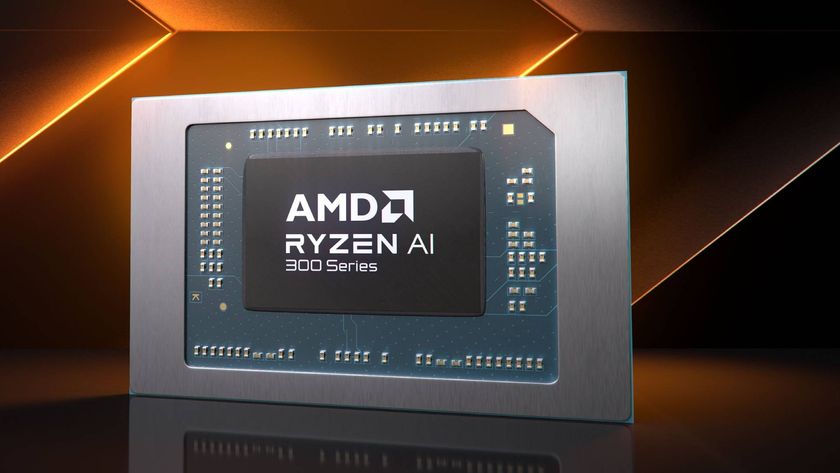Need for speed: a history of overclocking
We might have multi-core, but overclocking is bigger than ever
Things continued in much the same way through the late 1990s with the Pentium II and III families from Intel and AMD's K5 and K6 architectures. Transistors got smaller and clockspeeds gradually increased until the 1GHz barrier was smashed by an overclocked 800MHz AMD Athlon processor in late 1999, thanks to a little help from a phase-change compression cooling system from Kryotech.
It was around this time that overclocking become a serious business. Enthusiasts began to use extreme cooling solutions including liquid nitrogen to freeze processors to well under 100 degrees below zero in pursuit of record breaking clockspeeds.
Pentium 4 cranks up the clocks
And break many records they did when Intel introduced the Pentium 4. More than any CPU before, the Pentium 4 was designed with clockspeed in mind. The first P4s in 2000 ran at over 1.5GHz. Less than two years later, the speed of stock clocked 130nm Pentium 4 chips had doubled to over 3GHz and overclockers were hitting 4GHz and beyond.
At this stage, it looked like the incredible increases in clockspeeds would just keep on coming. Intel claimed it had architected the P4 for frequencies as high as 10GHz. And yet today, the fastest commercially available PC processor ever produced is the vanishingly rare 3.8GHz Pentium 4, a chip that went briefly on sale in 2004. Indeed, the highest overclock of any chip ever achieved is just over 8GHz. What went wrong?
Well, it turns out that the quest for clockspeed was fundamentally flawed. Chip designers learned that as clockspeeds rise into the GHz range, power leakage and heat dissipation begins to go exponential and you come up against a thermal barrier. The laws of physics were stepping in and calling time on the quest for clockspeed.
More cores, less speed?
Get daily insight, inspiration and deals in your inbox
Sign up for breaking news, reviews, opinion, top tech deals, and more.
The entire PC industry has subsequently shifted focus away from frequency in favour of adding more cores to CPUs. Consequently, the fastest quad-core processor you can buy today runs at a relatively modest 3.2GHz.
Still, as ever more cores are added in future, we expect the fastest stock frequencies to remain below 4GHz. As for overclocking, it's doubtful any new outright speed records will be achieved. So is it endsville for overclockers? Far from it. As the emphasis switches from raw speed to core counts, it's arguable that cheap CPUs could become even more overclockable.
That's because Intel and AMD have a better understanding of the intricacies of silicon chip production than ever before. In recent years, for instance, Intel's cheaper dual and quad-core chips have often been capable of hitting similar overclocked frequencies to its high-end chips. We have an inkling that is a result of more consistent chip manufacturing techniques.
In other words, Intel now produces far fewer dud chips that are only capable of low-end clockspeeds. What's more, modern CPUs have several safeguards and sensors, mainly to make it relatively difficult to accidentally toast a chip during overclocking. So, don't pay top dollar for your CPU. Instead buy a cheap chip and clock the twangers off it. Funnily enough, that makes overclocking more relevant today than ever before.
-------------------------------------------------------------------------------------------------------
Now read 7 brilliant tech ideas that completely flopped
Sign up for the free weekly TechRadar newsletter
Get tech news delivered straight to your inbox. Register for the free TechRadar newsletter and stay on top of the week's biggest stories and product releases. Sign up at http://www.techradar.com/register
Technology and cars. Increasingly the twain shall meet. Which is handy, because Jeremy (Twitter) is addicted to both. Long-time tech journalist, former editor of iCar magazine and incumbent car guru for T3 magazine, Jeremy reckons in-car technology is about to go thermonuclear. No, not exploding cars. That would be silly. And dangerous. But rather an explosive period of unprecedented innovation. Enjoy the ride.












